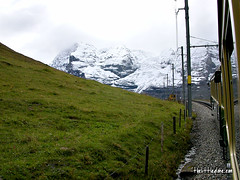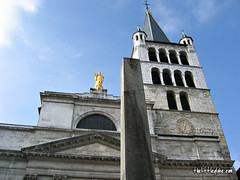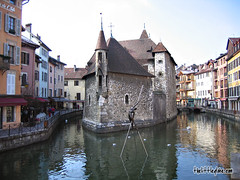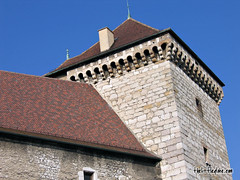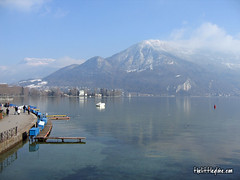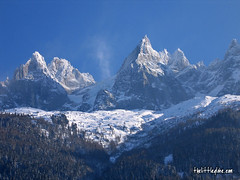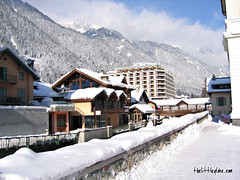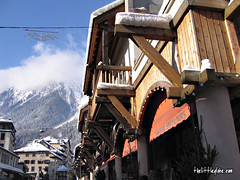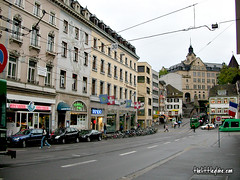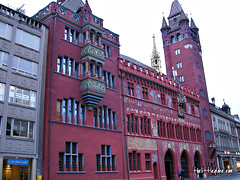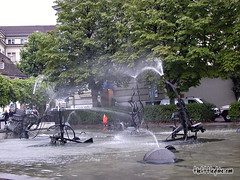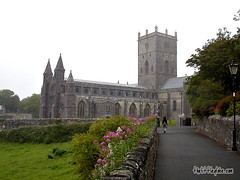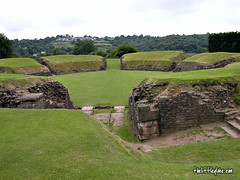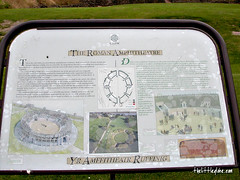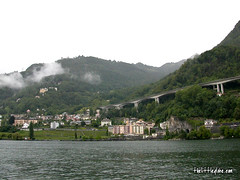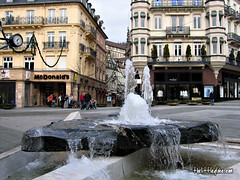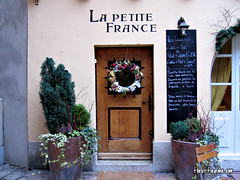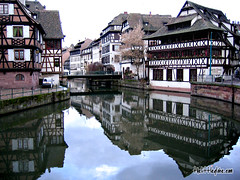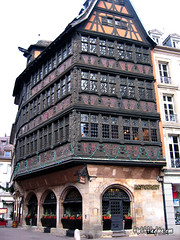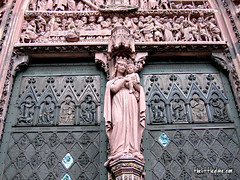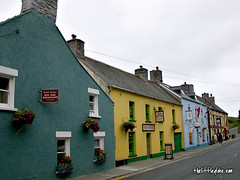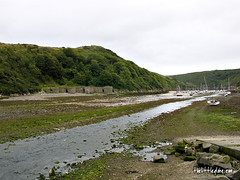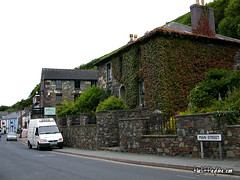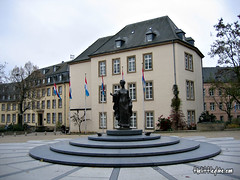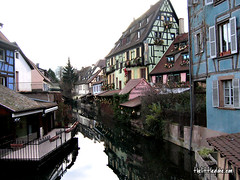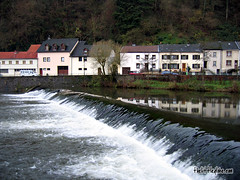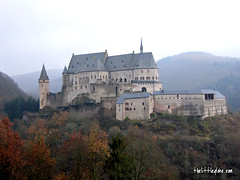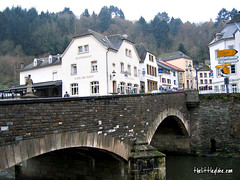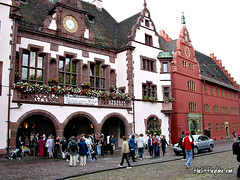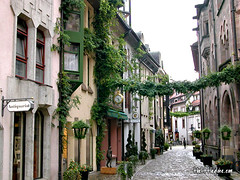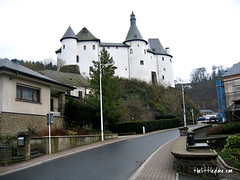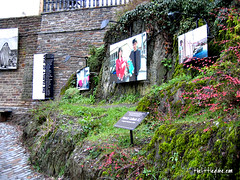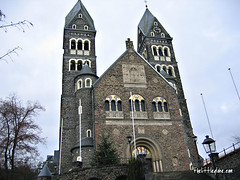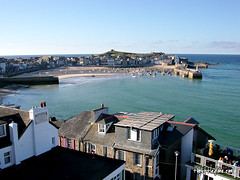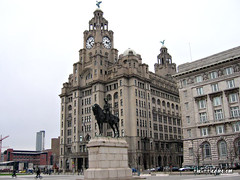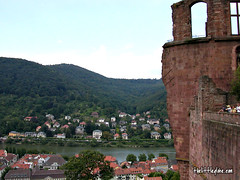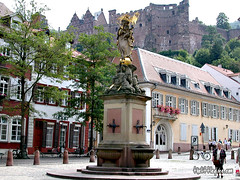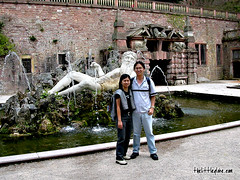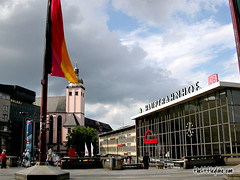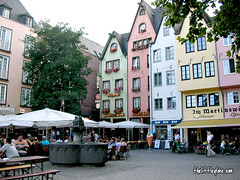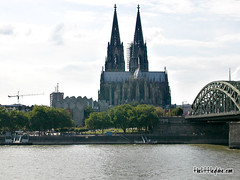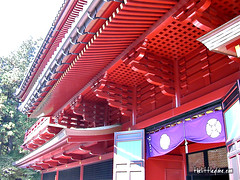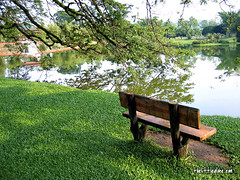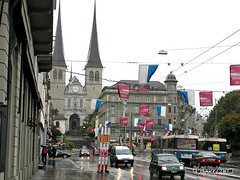
It was raining when we arrived at the train station in Lucerne from
Basel in a Summer morning. Lucerne is a picturesque town in Switzerland with the settings of Swiss Alps, Lake Lucerne and its medieval old town.
As stated in my copy of Thomas Cook European Timetable that we had just over three hours before our next train to Interlaken was due. So, we had time to do some sightseeing around the town. Before we started, we needed to first buy our first Swiss souvenir of the trip, an umbralla for that(it was raining, remember?).
After a quick and simple breakfast at the train station, we headed straight to the Lion Monument that commeorates
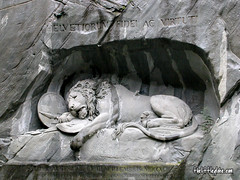
the heroic deaths of hundreds of the Swiss mercenaries at the Tuileries in Paris in 1792. The monument was carved out of a rock in 1821. Not much to our surprise when we got there, a busload of tourists were taking pictures.
Afterthat, we strolled around the old town for some churches, bridges, narrow streets, towers, squares and so on(it was still raining, really not much to do). My wife enjoyed the walk in the rain with me though.
Later, we went to take a look at the trademark of Lucerne, the Chapel Bridge and the Water Tower. The bridge was first built in
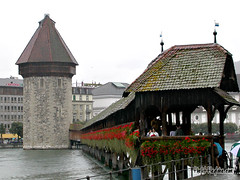
the 14th century but was burnt down a few times and rebuilt. I think the latest version of the bridge was from the 1990's.
It's time to get back to the train station. We were on our way to Interlaken. This was actually my second visit to Lucerne, I was there a few Summers ago when I was en route to Mt. Pilatus.
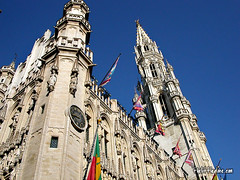 I have been to Brussels a few times before but never really did visit the city. Neither did I spend more than a couple of hours in the city previously, as it was always a place for transit. This trip, though meant to come here to catch the plane to London, we deliberately made it here a day earlier wanting to see the city a little bit more.
I have been to Brussels a few times before but never really did visit the city. Neither did I spend more than a couple of hours in the city previously, as it was always a place for transit. This trip, though meant to come here to catch the plane to London, we deliberately made it here a day earlier wanting to see the city a little bit more.